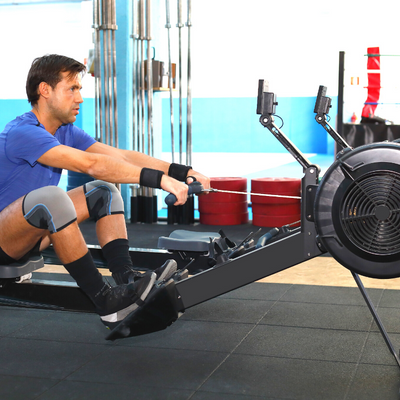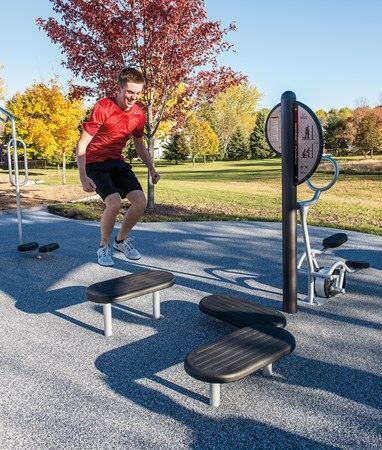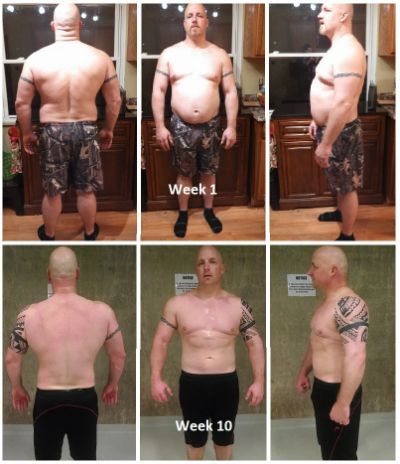
Rowing for Strength: A Comprehensive Guide
- 0
Rowing is a highly effective exercise that targets multiple muscle groups while providing a great cardiovascular workout. Not only does it help strengthen your upper body, it also engages your core, legs, and back. Whether you’re a beginner or seasoned athlete, rowing can be a fantastic addition to your strength training routine. In this comprehensive guide, we will delve into the benefits, techniques, and tips for rowing for strength.
The Benefits of Rowing
Rowing offers numerous benefits for those looking to improve their strength and overall fitness level. Let’s take a look at some of the major advantages:
1. Full-Body Workout
One of the greatest advantages of rowing is that it engages almost every major muscle group in your body. From the upper body muscles like biceps, triceps, and shoulders, to the core muscles, legs, and back, rowing provides a comprehensive workout that helps build strength and endurance.
2. Low Impact
Unlike high-impact activities like running or jumping, rowing is a low-impact exercise that puts minimal stress on your joints. This makes it an ideal option for people with joint issues or those who prefer a gentler workout
3. Cardiovascular Health
Rowing is an excellent cardiovascular exercise that elevates your heart rate. By rowing consistently, you can improve your cardiovascular endurance, respiratory capacity, and overall heart health.
Proper Rowing Technique
Correct technique is crucial when it comes to rowing efficiently and preventing injuries. Here are the key steps to mastering the proper rowing technique:
1. Set-Up and Positioning
Begin by sitting on the rowing machine with your feet securely strapped in the footrests. Keep your legs bent, and your shins vertical. Grasp the handles with an overhand grip, shoulder-width apart.
2. The Catch
Start the movement by driving your legs down while simultaneously leaning slightly back. Once your legs are fully extended, your upper body should lean back about 45 degrees.
3. The Drive
From the catch position, initiate the drive by explosively pushing off with your legs while keeping your core engaged. Simultaneously, pull the handles towards your chest using your arms and shoulders.
4. The Finish
Once you’ve completed the drive, lean back slightly further to a vertical position while straightening your arms and pushing your shoulder blades together.
5. The Recovery
After the finish, reverse the motion by extending your arms forward, leaning your upper body forward, and sliding your seat back towards the starting position. This completes one full stroke.
Tips for Effective Rowing
Here are some tips to maximize your rowing performance and get the most out of your workouts:
1. Focus on Proper Form
Concentrate on maintaining correct form throughout each stroke. This will help you engage the intended muscle groups effectively and minimize the risk of injury.
2. Gradually Increase Intensity
Start with a comfortable resistance level and gradually increase the intensity as your strength and endurance improve. This allows your body to adapt and prevents overexertion.
3. Mix Up Your Workouts
Vary your rowing workouts by incorporating different intervals, distances, and stroke rates. This helps prevent boredom and challenges your body in different ways, leading to better overall results.
4. Monitor Your Metrics
Most rowing machines display metrics such as time, distance, strokes per minute, and calories burned. Pay attention to these metrics to track your progress and set goals for yourself.
Conclusion
Rowing is an incredible exercise that can significantly contribute to your strength training routine. By engaging multiple muscle groups and providing a great cardiovascular workout, rowing is a fantastic way to improve strength, endurance, and overall fitness. Remember to focus on proper technique, gradually increase intensity, and mix up your workouts to maximize your results. Start incorporating rowing into your fitness regimen, and reap the benefits of this versatile and effective exercise.

